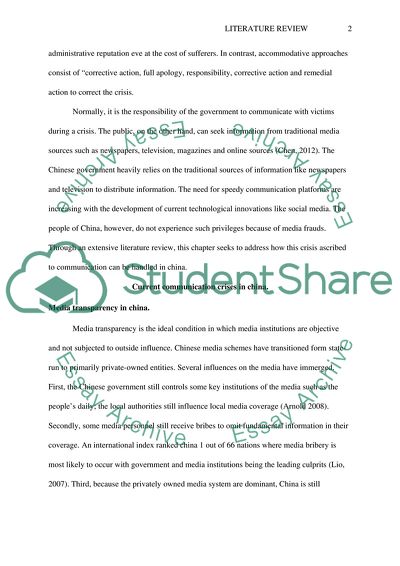Cite this document
(“Suggestions of Crisis Communication for the Chinese Government Literature review”, n.d.)
Retrieved from https://studentshare.org/journalism-communication/1660002-suggestions-of-crisis-communication-for-the-chinese-government
Retrieved from https://studentshare.org/journalism-communication/1660002-suggestions-of-crisis-communication-for-the-chinese-government
(Suggestions of Crisis Communication for the Chinese Government Literature Review)
https://studentshare.org/journalism-communication/1660002-suggestions-of-crisis-communication-for-the-chinese-government.
https://studentshare.org/journalism-communication/1660002-suggestions-of-crisis-communication-for-the-chinese-government.
“Suggestions of Crisis Communication for the Chinese Government Literature Review”, n.d. https://studentshare.org/journalism-communication/1660002-suggestions-of-crisis-communication-for-the-chinese-government.


